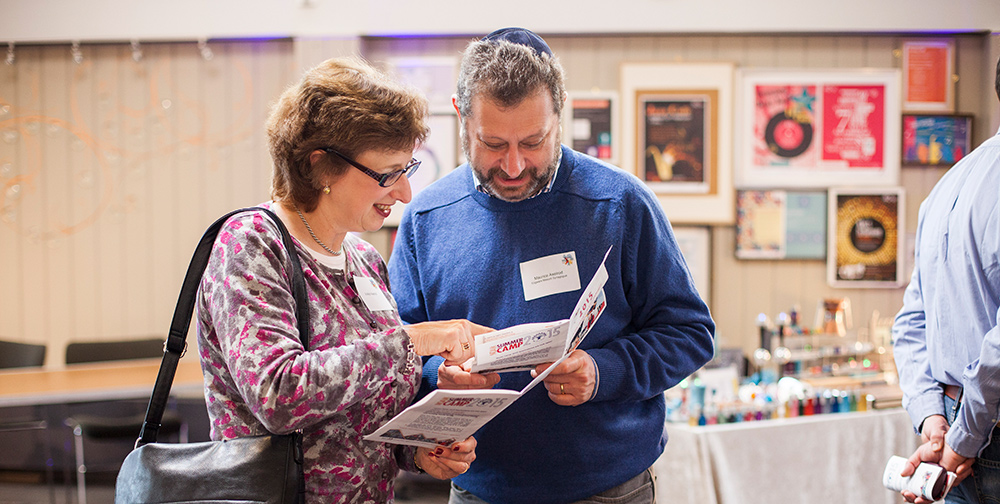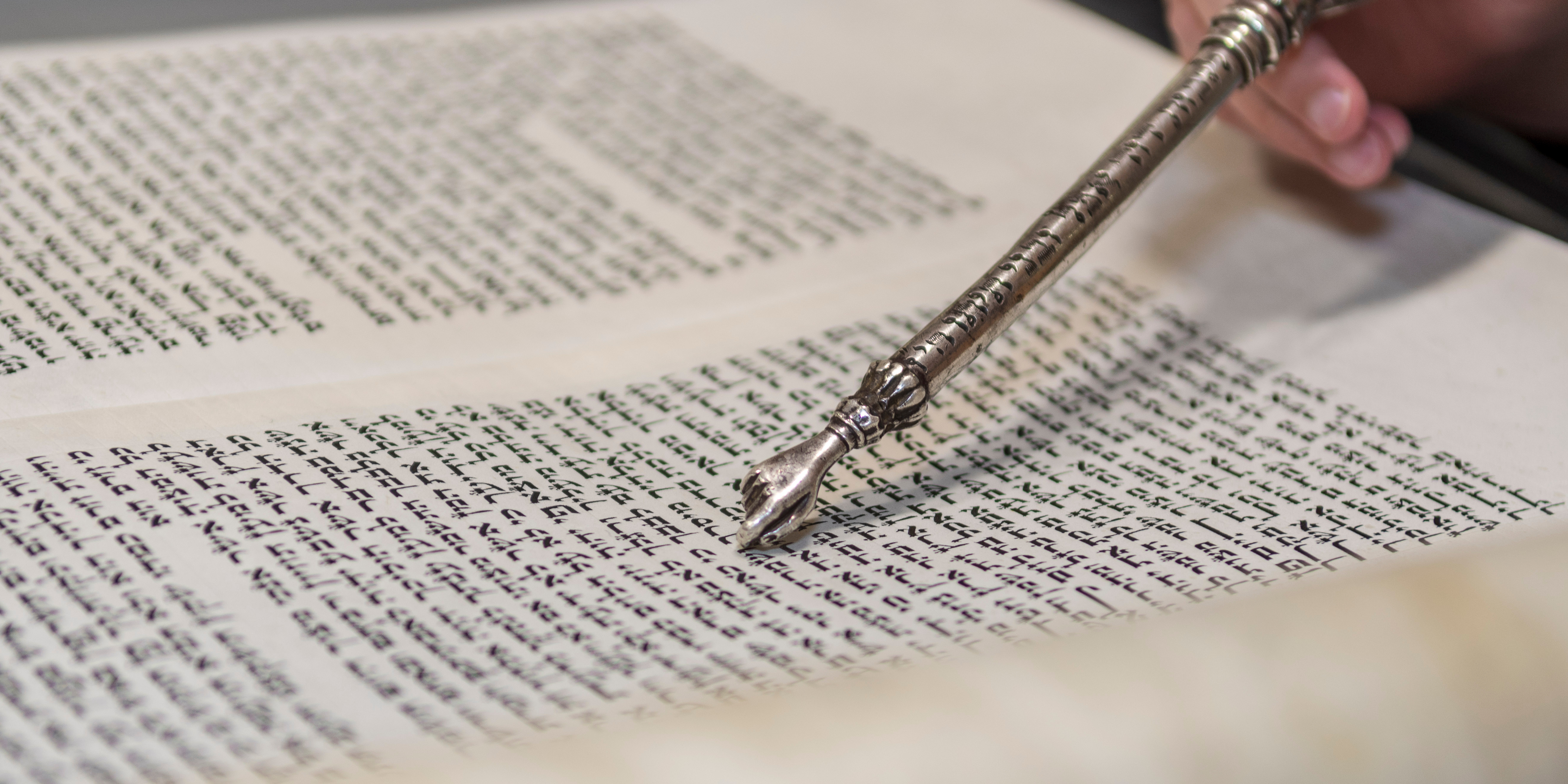Is possession (Kinyan) nine tenths of the law? Exploring alternative Jewish marriage ceremonies

Getting married provides an amazing opportunity for reflection.
The last time the bride and groom stood up in public and underwent a significant Jewish rite of passage was probably at their bar- and bat-mitsvahs, and as 12- or 13-year-olds. they probably did not think overly much about the significance of their agreeing to participate in the ceremony. However, a couple’s decision to get married means that they need to choose whether and how they will sanctify their relationship in a public Jewish ceremony. In an open liberal society that choice is made, thank God, completely freely. This decision of how to get married is one that reveals a great deal about the participants’ relationship with each other, their relationship with history, with their parents and with their inherited tradition. Will the couple unthinkingly choose a traditionalist ceremony? Will they be independent, innovative and creative? Will they seek to understand the ceremony? Will they blindly follow their parents’ directives? Will they listen carefully to each others’ articulated values and dreams?
I know that many couples choose to marry in a Jewish wedding ceremony without ever reflecting on the nature of the contract that they are accepting and the nature of the ceremony that they are undergoing. However, I feel that if a couple wish to be able to stand under the chuppah with authenticity it is extremely worthwhile for them to think long and hard about Jewish weddings and what they mean. A wedding is an amazing opportunity for a couple to think through who they are and what they really hold dear.
Thinking hard about the nature of the Jewish wedding ceremony can be a disturbing undertaking. As soon as we go back and look at the nature of Jewish weddings we discover a dissonance between how we may conceptualise relationships between men and women and how they were understood by the Tanach and the rabbinic tradition. Early sources describe a world of relationships that was thoroughly non-egalitarian. Deuteronomy 24:1 is the primary biblical source that shows the man as the active party both in taking and rejecting a wife: “When a man takes a woman and masters her, and it happens, if she does not find favour in his eyes, for he finds in her something vile, he may write for her a document of cut-off; he is to place it in her hand and send-her-away from his house.” This imbalance is reflected in the earliest rabbinic writings about marriage (Mishnah Masechet Kiddushin Chapter 1) that place the acquisition of a wife in the context of the acquisition of other commodities such as slaves and animals. (“She is acquired by money, by document, or by sexual intercourse.”) The halachic (Jewish legal) implication of this inequality is that it is only the woman’s status that changes substantially when she marries and not the man’s; only she is liable for the harshest punishments under the law should she be sexually unfaithful to her husband; only she undergoes a substantial status change on getting married from being a “p’nuya” – “an available single woman” to being “Eshet-Ish” – “woman-of-a-man”.
Given that the central act in a traditionalist Jewish wedding is still an act of acquisition (where money, generally in the form of a ring, passes from the man to the woman), anyone choosing to get married mindfully in this way will need to think through their relationship with tradition itself in a profound manner. There are many ways of justifying the continuing use of this ceremony – Kiddushin: we can refer to other more egalitarian sources as a means of off-setting the essentially non-egalitarian nature of Kiddushin; we may assert that we are free to re-imagine the meaning of Kiddushin whilst remaining true to its forms; we might choose to tolerate a difference between tradition and ourselves in an act of obedience to the system; we might attempt to defer utterly to tradition and allow it to determine the meaning of our primary relationships; we might simply choose not to study at all and to view the wedding as a personal act that has no reference to the past.
Other more radical approaches may also be possible and I would encourage anyone interested to look at the “Kiddushin Variations” website to get a sense of some of the serious work being done at the moment to ameliorate the role of women established in the traditionalist Jewish wedding ceremony. Some scholars have even suggested that a radical change to the wedding ceremony may be necessary in our day. In Jewish law (Halacha), in order for Kiddushin to be valid, both parties must consent to the contract undertaken. This means that the woman may need to consent to “being acquired”. Professor Meir Feldblum, formerly of Yeshiva University and now of Bar Ilan University, has written on the current Halachic implications of the lack of informed consent of women at the time of marriage. Feldblum writes that “in light of women’s efforts in our day to achieve equality in all spheres of life, there is a presumption, even a categorical presumption, that many women were they to be informed would in no way agree to the acquisition nature of Kiddushin/marriage.” Most women are not informed by their rabbis of what they are agreeing to, and for Feldblum this undermines the full validity of the contract itself. Even worse, if the woman does indeed know the meaning of the ceremony and states explicitly beforehand that she does not believe in or accept the nature of Kiddushin – something that has happened to me on a number of occasions – what does that do to the validity of their wedding ceremony in Jewish Law?
The most radical approaches to the very real problem of Kiddushin involve going back and re-thinking Jewish weddings from first principles and avoiding basing them on the laws of acquisition. The American academic Rachel Adler has done just that in her groundbreaking book, “Engendering Judaism”. Her solution involves a ceremony rooted in the Jewish law of partnership rather than the law of acquisition. The central act of such a ceremony replaces the kinyan of Kiddushin, where the man gives an object of value to the woman, with a ceremony where each partner places an object of value into a bag which they then raise together thereby indicating that they enter into a joint partnership. The terms of their contract are detailed in a “Covenant of Love”, one of the terms of which must be a promise of mutual sexual fidelity for the duration of the partnership. The down-side of such a radical innovation is that it clearly constitutes a radical break with the tradition of a hundred generations of marrying Jews. Many rabbis will baulk at the very idea of changing such a well established ritual, and many couples will also want their actions and words when they stand under the chuppah to be fully aligned with those of their ancestors so that their ceremony draws directly on those in the past. Other rabbis and couples will however, be driven by the need for a different kind of alignment – one between the wedding ceremony and the lived life of the couple. They will increasingly seek out, explore and utilise these and other yet-to-be discovered halachic innovations. The halachic validity of many such innovative kinds of wedding ceremony will be something that the liberal religious world will be forced to engage with over the next few hundred years.
There is so much to think about when getting married. I am always delighted when the happy couple chooses to spend more time thinking about the underlying nature of their wedding ceremony than on the bride’s dress or the colour scheme at the party. When couples spend time working through these issues with their rabbi it gives them an amazing opportunity to deepen their experience of their wedding day, their understanding of each other and their relationships with both Judaism and modernity.



